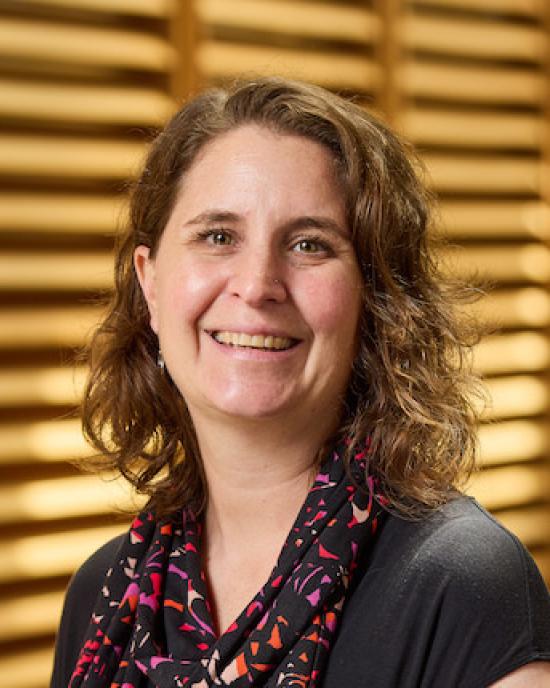Publication
The legacy of fire: long-term changes to the forest understory from periodic burns in a New England oak-hickory forest
On This Page
Background Over the last century, fire exclusion has caused dramatic structural and compositional changes to southern New England forests, highlighting the need to reintroduce fires into the historically pyrogenic landscape to study the response. We investigated the effects of a single overstory thinning and midstory removal to create an open oak-hickory woodland structure, followed by repeated prescribed burns. We hypothesized that burning would create greater floristic diversity comprising fire-tolerant woody regeneration and shade-intolerant herbaceous flora. We followed shifts in plant structure, composition, and diversity over a 23-year period, using a before-after-control-impact design with data collected once prior to burning and twice after burn treatments had begun and with soil samples collected after nearly 20 years of burning. Results We observed a dense ingrowth of saplings on unburned plots that were largely absent from burned plots and a shift in midstory composition to favor mesic sweet birch (Betula lenta L.) in the unburned treatment, as opposed to the hickories (Carya Nutt. spp.) and oaks (Quercus L. spp.) that dominated the burned treatment. Burning resulted in a significantly greater density, richness, Shannon diversity, and evenness of understory vegetation (forbs, shrubs, tree seedlings). These four measures remained high on burned plots, despite a decrease in both floristic diversity and evenness on unburned plots and a reduction in unburned site-level richness. Understory composition varied significantly by year and burn treatment, with unburned plots largely characterized by shade-tolerant species while burned plots showed an enhanced abundance of heliophilic plants. Conclusions Our results suggest that periodic burning increases nutrient microsite heterogeneity and periodically maintains greater understory light, both of which in turn increase understory plant density and diversity and cause a shift in understory composition. This study shows that repeated prescribed burns in an open New England woodland have lasting structural and compositional effects capable of restoring pre-settlement, pyrogenic vegetation patterns.

